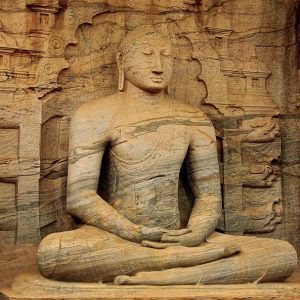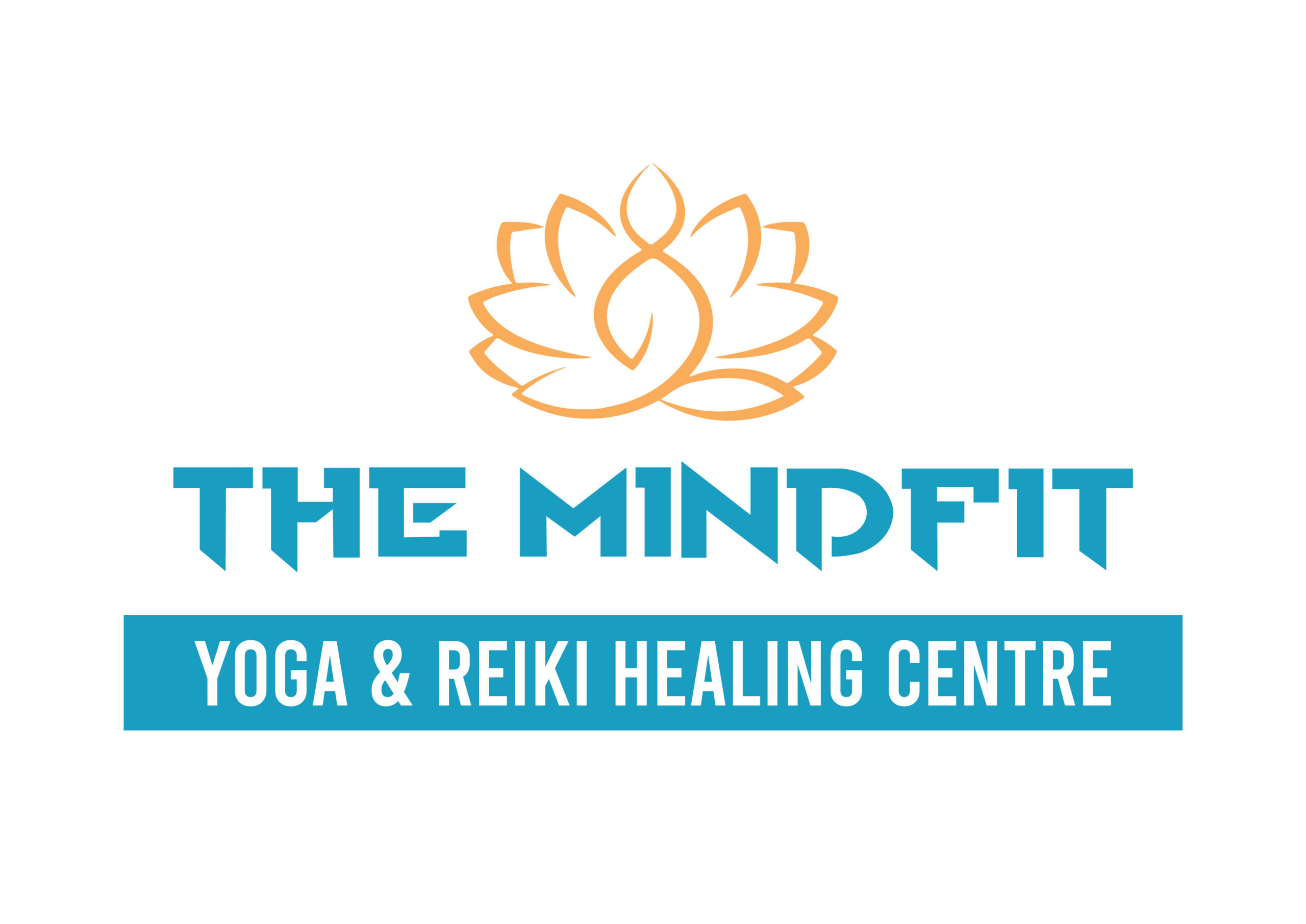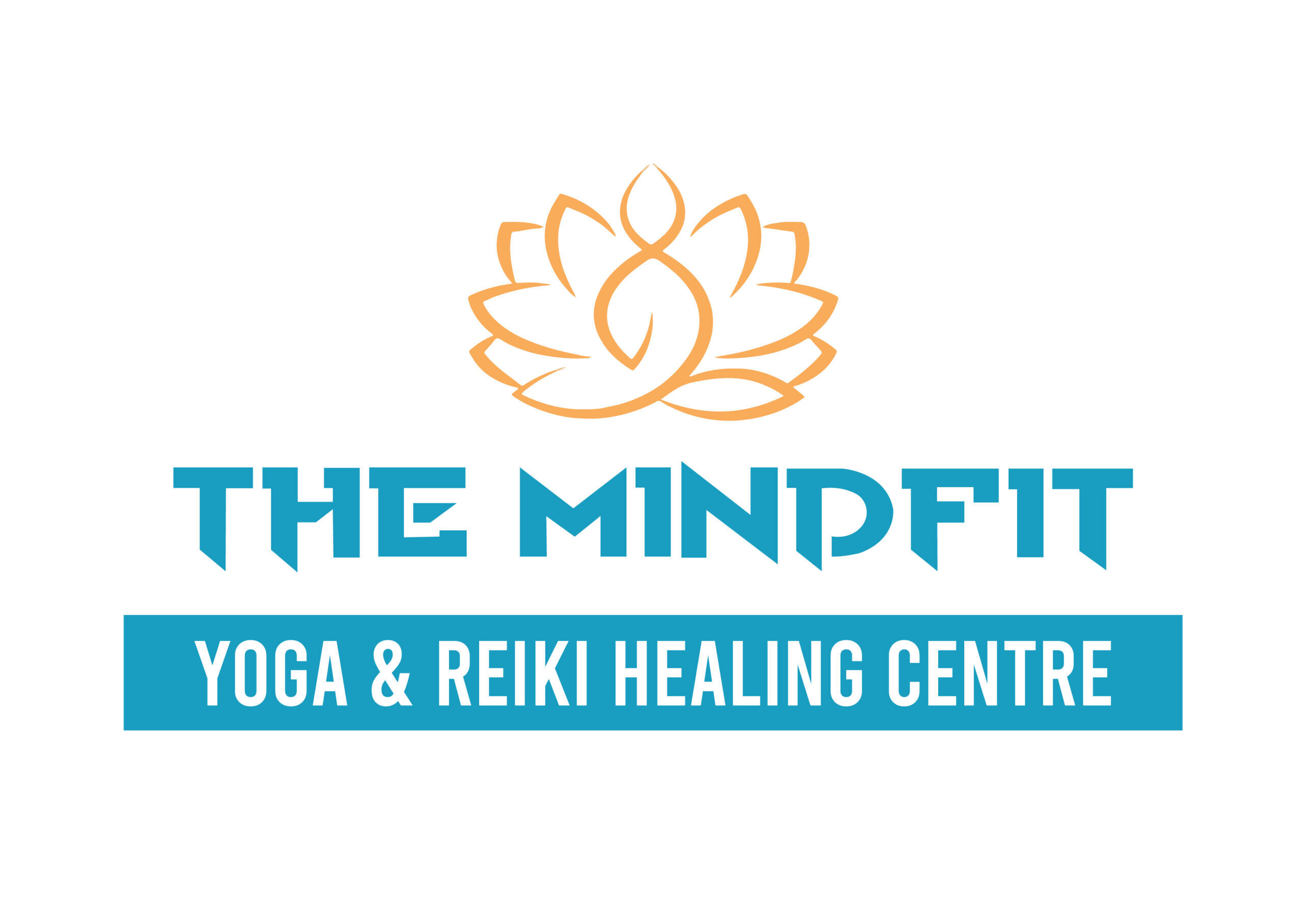Meditation Benefits And Classes
How to Meditate
Meditation is a practice in which an individual uses a technique, The Mindfit Teaches such as focusing their mind on a particular object, thought or activity, to achieve a mentally clear and emotionally calm state. It is often used for relaxation, stress reduction, and to increase awareness and focus. Meditation can be done in a variety of settings, such as seated, lying down, walking, and even while engaged in activities such as eating or working. There are many different types of meditation, including mindfulness meditation, transcendental meditation, and loving-kindness meditation.
Benefits of Meditation
Have To Know
Stress reduction: Meditation can help reduce feelings of stress and anxiety by promoting relaxation and calmness.
Improved focus and concentration: Regular meditation practice can help improve concentration and focus, allowing individuals to better manage their thoughts and emotions.
Increased self-awareness: Meditation can help individuals become more aware of their thoughts, feelings, and bodily sensations, leading to greater self-awareness and insight.
Improved emotional well-being: Regular meditation practice has been linked to improved mood and emotional well-being, including reduced symptoms of depression and anxiety.
Physical health benefits: Meditation has been linked to a number of physical health benefits, including lower blood pressure, improved immune function, and reduced chronic pain.
Increased empathy and compassion: Some forms of meditation, such as loving-kindness meditation, can help increase feelings of empathy and compassion towards others.
Improved sleep: Meditation can help improve the quality of sleep, leading to better rest and reduced fatigue during the day.
Mindfulness Meditation

Mindfulness meditation is a type of meditation that involves bringing one’s attention to the present moment, without judgment. It is often described as a form of self-regulation that helps individuals develop a non-judgmental awareness of their thoughts, feelings, and bodily sensations. The goal of mindfulness meditation is to increase one’s awareness of the present moment and to cultivate a sense of inner peace and well-being.
Practicing mindfulness meditation typically involves finding a quiet place to sit, and focusing one’s attention on the breath, a mantra, or a specific object. The individual may also focus on their bodily sensations, such as the feeling of their feet on the ground or the sensation of the breath moving in and out of the body. The key is to not judge or react to whatever arises in the mind, instead, observe it and let it go.
Spiritual meditation

Spiritual meditation refers to a type of meditation that is intended to promote spiritual growth, connection to a higher power or divine, or a deeper understanding of one’s self and the world. Spiritual meditation can take many forms and may be associated with different spiritual or religious traditions.
Some examples of spiritual meditation include:
Transcendental meditation: A type of meditation that involves the use of a mantra, or a sound or word that is repeated silently to oneself in order to promote a state of deep relaxation and inner peace.
Yoga meditation: A type of meditation that involves the practice of yoga postures, breath control, and visualization in order to achieve spiritual growth and connection with the divine.
Christian contemplative meditation: A type of meditation that is practiced within the Christian tradition and involves the use of prayer, scripture reading, and contemplative practices to deepen one’s relationship with God.
Zen meditation: A type of meditation that is associated with the Zen Buddhist tradition and involves the practice of “sitting meditation” (zazen), which is characterized by a focus on the breath and the present moment, in order to achieve enlightenment and spiritual understanding.
Sufi Meditation: a type of meditation that is associated with the Islamic tradition and involves the use of concentration, repetition of God’s name, and devotional practices to achieve spiritual connection with God.
Spiritual meditation can be a powerful tool for personal growth and self-discovery, and can also help individuals connect with a higher power or sense of purpose.
Focused meditation

Focused meditation, also known as concentrative meditation, is a type of meditation that involves focusing the mind on a specific object, image, sound, or sensation in order to achieve a state of deep concentration and relaxation. The goal of focused meditation is to develop the ability to focus the mind and to cultivate a sense of inner peace and well-being.
Focused meditation typically involves choosing an object of focus, such as the breath, a mantra, or a visualization, and then bringing one’s attention back to that object whenever the mind wanders.
Breath awareness meditation: Involves focusing the mind on the sensation of the breath as it enters and exits the body
Mantra meditation: Involves repeating a word or phrase (mantra) to oneself in order to achieve a state of deep concentration
Visualization meditation: Involves creating mental images or scenarios in order to focus the mind and achieve a sense of inner peace
Chakra meditation: Involves focusing on the energy centers (chakras) in the body in order to achieve balance and harmony
Focused meditation can help improve focus, concentration, and emotional well-being, as well as reduce feelings of stress and anxiety. It’s important to note that for beginners, it can be helpful to start with shorter meditation sessions and gradually increases the duration as one’s practice deepens.
Movement meditation

Movement meditation is a type of meditation that involves the use of physical movement, such as walking, dancing, or yoga, to achieve a state of mindfulness and inner peace. The goal of movement meditation is to bring the mind and body into a state of harmony and to cultivate a sense of awareness and connection with one’s surroundings.
Movement meditation can take many forms and can be practiced in a variety of settings, such as in nature, in a gym or studio, or even in one’s own home. Some examples of movement meditation include:
- Walking meditation: Involves walking slowly and mindfully, paying attention to the sensation of the feet on the ground and the sensation of the breath.
- Tai chi: A Chinese martial art that involves slow, flowing movements and deep breathing to cultivate inner peace and balance.
- Yoga: Involves a combination of physical postures, breath control, and meditation to achieve a state of inner peace and well-being.
- Qigong: A Chinese practice that combines movement, breath control, and visualization to cultivate energy flow and balance in the body.
- Dancing meditation: Involves free-form or structured dancing, with an emphasis on letting go of self-consciousness and becoming fully immersed in the movement.
Movement meditation can be an effective way to reduce stress, improve physical health, and cultivate a sense of inner peace and well-being. It can also be a fun and enjoyable way to meditate for those who find it difficult to sit still for long periods of time.
Mantra meditation

Mantra meditation is a type of focused meditation that involves the repetition of a word, phrase, or sound (mantra) in order to achieve a state of deep concentration and relaxation. The goal of mantra meditation is to use the repetition of the mantra as a focal point to quiet the mind and achieve a state of inner peace and well-being.
Mantra meditation can be practiced in a seated position with eyes closed or open, and it is done in silence or with guidance of a teacher or a recording. The repetition of the mantra can be done silently or out loud, and it can be done for a set period of time or until the individual feels they have achieved a state of deep relaxation.
There are many different mantras that can be used in mantra meditation, and they can be associated with different spiritual or religious traditions. Some examples of mantras include:
- “Om” – a sacred sound in Hinduism and Buddhism that is believed to represent the universe and all its components
- “So-Hum” – a mantra that means “I am that” in Sanskrit
- “Ong Namo Guru Dev Namo” – a mantra from Kundalini yoga that invokes the guidance of the Guru, the teacher within.
- “Allah” – Islamic word for God
Mantra meditation can help improve focus, concentration, and emotional well-being, as well as reduce feelings of stress and anxiety.
Transcendental meditation

Transcendental Meditation (TM) is a specific form of mantra meditation that was developed by Maharishi Mahesh Yogi. It involves the use of a personal mantra, which is assigned by a qualified TM teacher, and is typically practiced for 20 minutes twice a day, while sitting comfortably with the eyes closed. The goal of TM is to transcend the thinking mind and achieve a state of inner stillness and deep relaxation.
The technique of TM is considered unique because of its use of a specific, personal mantra and its unique approach to teaching and learning. The practice is taught in a standardized, four-step process by certified teachers, who are trained to give personal instruction and guidance to each student. The personal instruction and guidance are considered important as the chosen mantra is not to be shared with others.
Progressive relaxation

Progressive relaxation meditation, also known as progressive muscle relaxation, is a type of meditation that involves tensing and then relaxing different muscle groups in the body in order to achieve a state of deep relaxation and reduce feelings of stress and tension. The goal of progressive relaxation meditation is to learn to identify and release physical tension in the body, which can lead to a state of mental and emotional calmness.
Progressive relaxation meditation typically involves finding a quiet place to sit or lie down and then tensing and relaxing different muscle groups in the body in a specific order. The process usually starts with the feet and moves up through the body, tensing and relaxing each muscle group for a few seconds before moving on to the next.
Examples of progressive relaxation meditation include:
- Jacobson’s Relaxation: a method developed by Edmund Jacobson that involves tensing and relaxing specific muscle groups in a specific order, with instructions and guidance from a teacher or a recording
- Body scan meditation: Involves lying down and focusing attention on each part of the body, starting from the feet and moving up, noticing any sensation or discomfort, and then releasing any tension.
Progressive relaxation meditation can be an effective way to reduce feelings of stress and tension, improve sleep, and promote overall well-being. It’s important to practice in a comfortable and quiet environment, and it’s recommended to start with shorter meditation sessions and gradually increase the duration as one’s practice deepens.
Loving-kindness meditation

Loving-kindness meditation typically involves finding a quiet place to sit and focusing on specific phrases or intentions that promote feelings of love and kindness. It can be done by silently repeating phrases such as “May I be happy, may I be healthy, may I be safe, may I be at ease,” and then extending the same phrases to people close to you, people you have a neutral feeling towards, and people you may have difficulty with, and then to all beings.
Examples of loving-kindness meditation include:
- Tonglen: A Tibetan Buddhist practice that involves breathing in the suffering of others and breathing out love and compassion.
- Self-compassion: Involves treating oneself with the same kindness, concern, and understanding that one would offer to a good friend.
Loving-kindness meditation can help increase feelings of empathy and compassion towards others, improve emotional well-being, and reduce symptoms of depression and anxiety. It’s important to note that this type of meditation requires regular practice to be effective and it can be helpful to begin with short meditation sessions and gradually increase the duration as one’s practice deepens
Visualization meditation

Visualization meditation typically involves finding a quiet place to sit or lie down, and then closing the eyes and creating a mental image or scenario, such as a peaceful beach or a relaxing forest. The image or scenario should be as vivid and realistic as possible, and you can add feelings, sounds, and other sensory details to make it more vivid. The meditation can be done with guidance of a teacher or a recording, or it can be done independently, with the individual creating their own mental images or scenarios.
Examples of visualization meditation include:
- Goal setting visualization: Involves visualizing oneself achieving a specific goal, such as getting a promotion or running a marathon
- Healing visualization: Involves visualizing oneself healing from an illness or injury
- Stress reduction visualization: Involves visualizing oneself in a peaceful and relaxing environment, such as a beach or a forest, in order to reduce feelings of stress and tension.
Visualization meditation can help improve focus, concentration, and emotional well-being, as well as reduce feelings of stress and anxiety. It can also be used to achieve specific goals and to promote physical and emotional healing. It’s important to practice regularly and with consistency, and to use positive and realistic images and scenarios.

